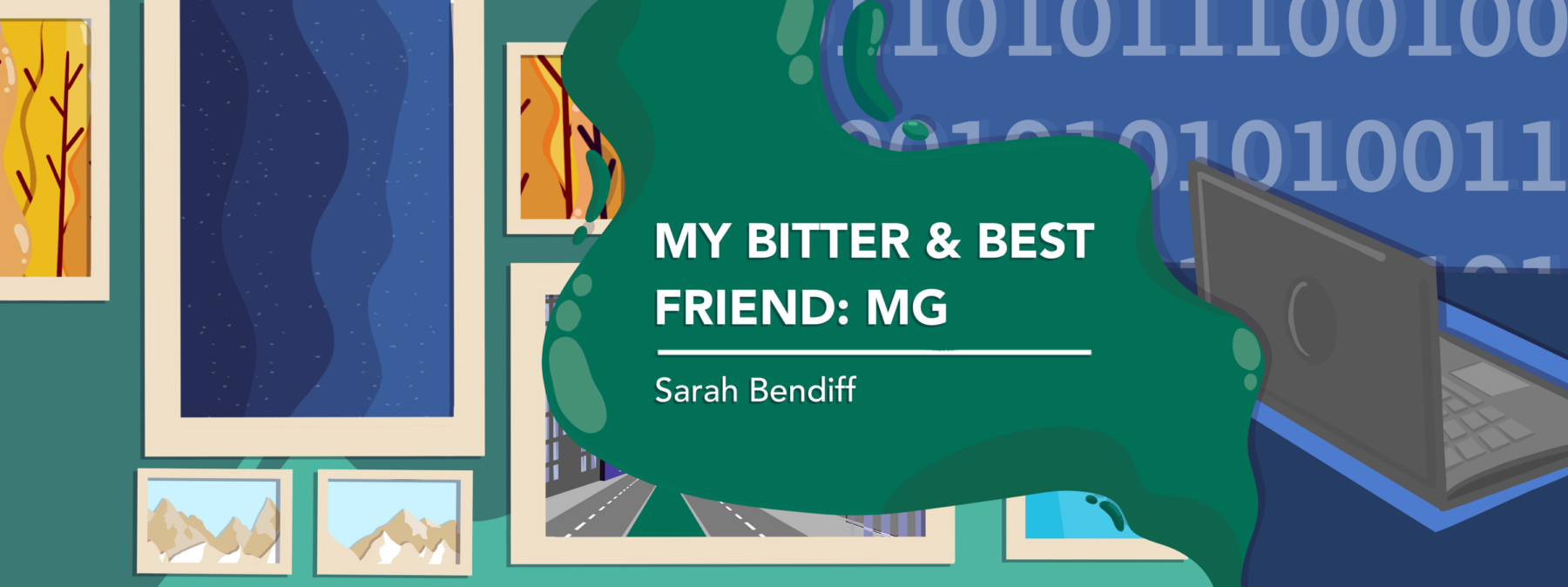I’m learning to accept I am a person living with myasthenia gravis
I sometimes question my right to complain about a disease that isn't 'visible'
Written by |

I do a lot of psychological and spiritual work on myself, and, because I do this work, I’ve come to believe that I am in tune with my body.
Every day, from the moment I wake up to the moment I go to bed, I pay close attention to what will make me feel more comfortable. Whether it’s how I position myself, what I eat, or how I move, I’ve always thought this constant care was a form of deep connection.
But my therapist disagrees. She says I am not fully aware of my pain, and that I have not done the work of accepting that I am a person with myasthenia gravis (MG).
I am coming to see that she is right. Maybe what I do is instead intended to ignore my pain, to deny this disease.
I often wear makeup so that when I look in the mirror, I don’t see someone tired or sick. I see someone who is strong enough to keep going. I wear makeup so that I see what I want to see, not what is there to see. Its purpose is to comfort the little Sarah inside me, the little girl who still doesn’t understand why this is happening to me. Makeup has become my invisible armor. It’s not about my appearance for others — it’s about protection for myself.
Coming to acceptance
I’m reminded of the difference between clinical psychology and coaching. One focuses on the “why,” the other on the “how.” I focus on the how because if I get stuck searching for a reason, I spiral into frustration. But if I focus on what I can do next, I can keep myself moving, keep myself living, instead of sinking into depression. It’s my personal way to survive. I have no answer to the why, and it might stay that way for a long time.
Perhaps I don’t fully accept my disease because it isn’t fully visible.
I can hide it behind makeup, and I don’t rely on wheelchairs, hearing aids, or face severe difficulties communicating. I catch myself wondering if I have the right to feel exhausted, frustrated, or even sad, simply because my struggle doesn’t have a visible sign. This sometimes causes me to feel guilty and wonder if it’s legitimate to try to equate my own experiences to those of people whose disabilities are easier to see.
But my disability is real. My acceptance of MG is not complete, and realizing these hidden psychological struggles is painful.
Today, I understand that part of living with MG is acknowledging that some wounds are quiet and ongoing. Acceptance is not a final destination. It’s something that shifts with time, with emotions, and with circumstances.
Sometimes, I’m full of resilience, telling myself that MG is just a part of me. Other times, I collapse emotionally because I can’t keep pretending everything is fine. Both are valid. You can be strong and broken at the same time. You can be grateful for what works and still angry about what doesn’t. I’ve had to learn to live with this duality.
And I believe that’s the first step toward healing — acknowledging it honestly, without sugarcoating it. There is no single version of acceptance. There are layers of it, some you uncover only years later, like my therapist has just helped me to do. Maybe this realization won’t make my journey easier overnight, but it feels like I’ve finally turned on a light in a dark room I’ve ignored for too long.
Note: Myasthenia Gravis News is strictly a news and information website about the disease. It does not provide medical advice, diagnosis, or treatment. This content is not intended to be a substitute for professional medical advice, diagnosis, or treatment. Always seek the advice of your physician or other qualified health provider with any questions you may have regarding a medical condition. Never disregard professional medical advice or delay in seeking it because of something you have read on this website. The opinions expressed in this column are not those of Myasthenia Gravis News or its parent company, Bionews, and are intended to spark discussion about issues pertaining to myasthenia gravis.







Ben Olivarez
Full of resilience. Strong and broken. These expressions you’ve shared of you, me and all of us when we realize and accept. Thank you Ms. Bendiff. Resilience not as armor, but as ritual.